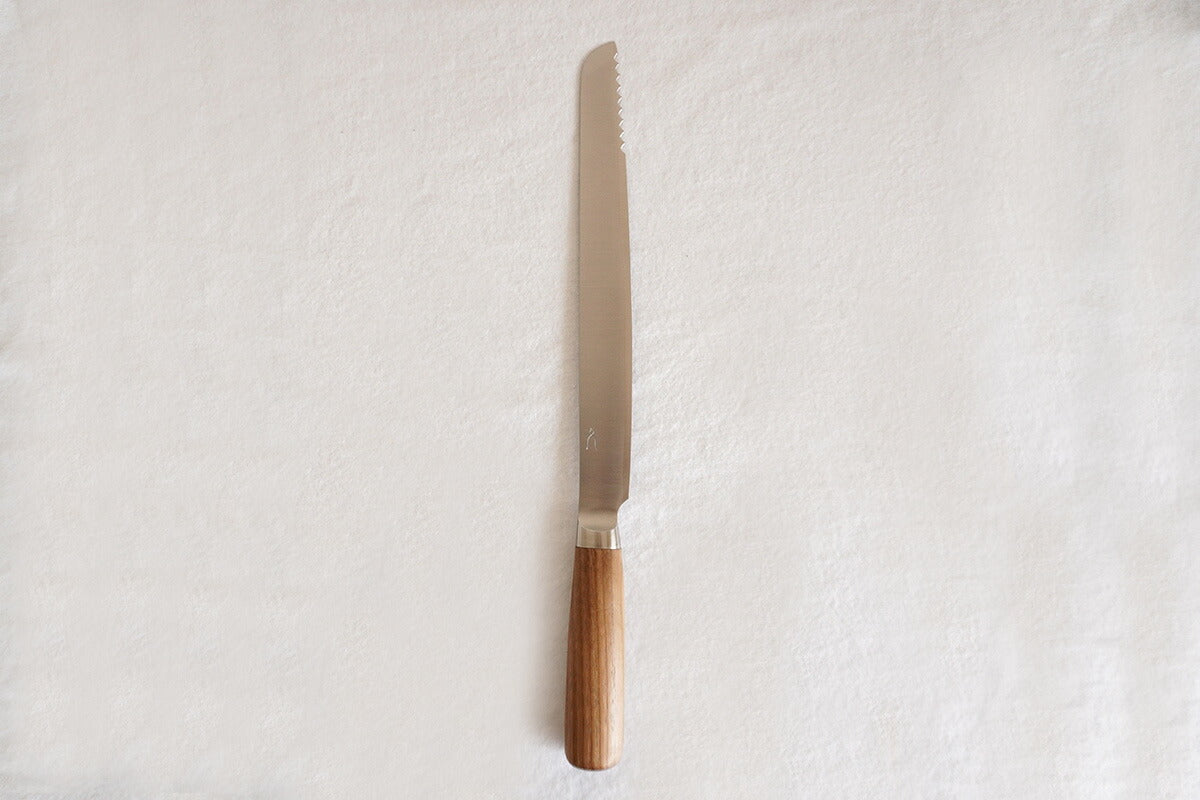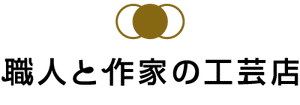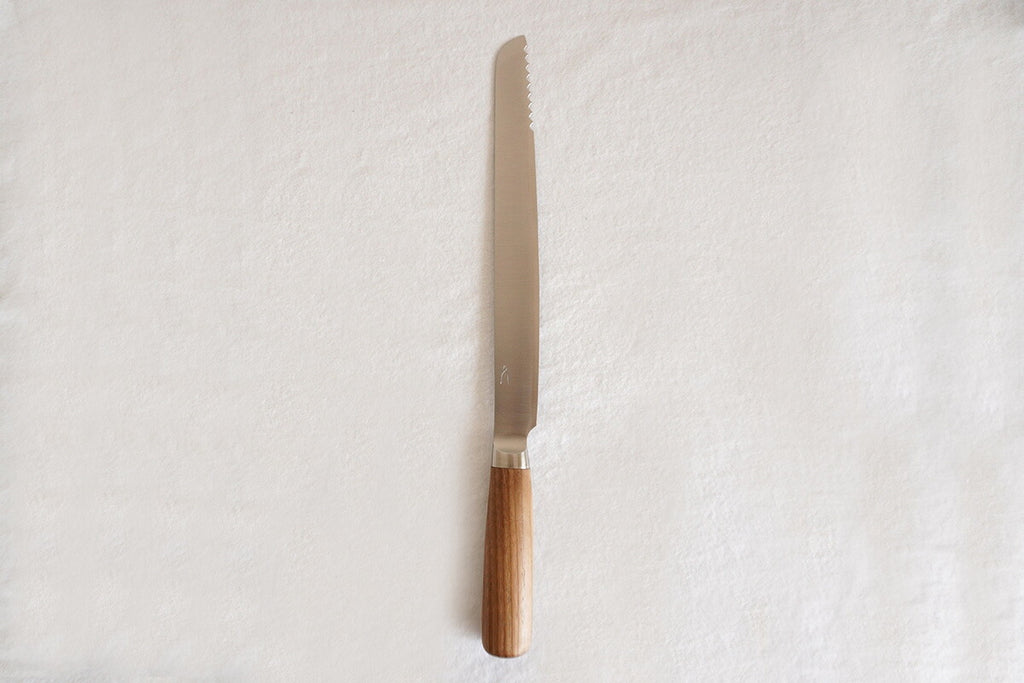
庖丁工房タダフサ パン切り

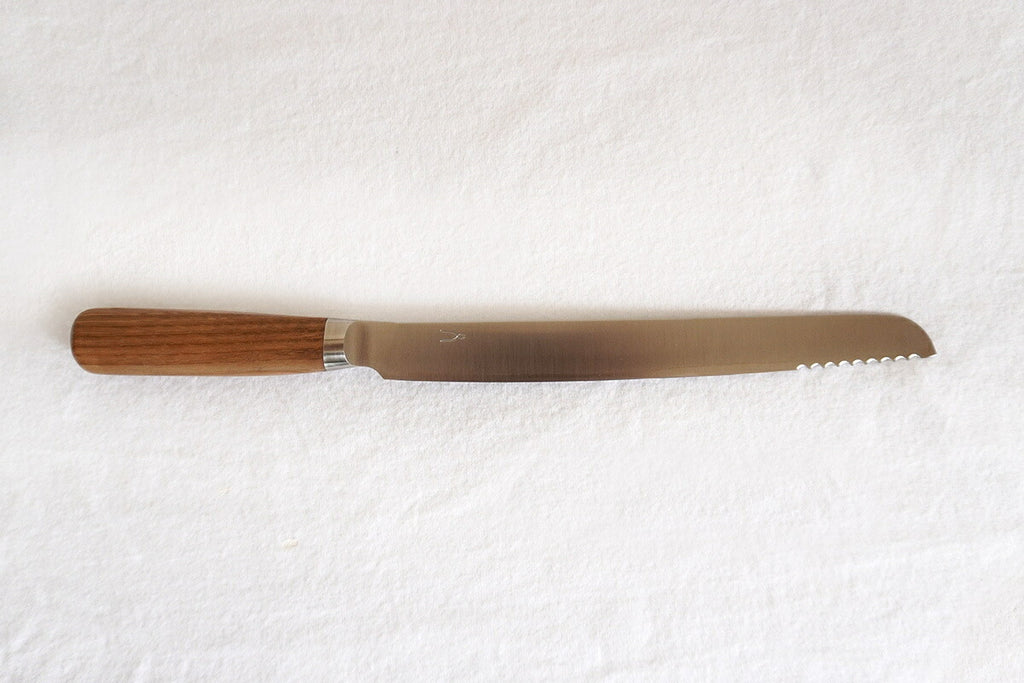
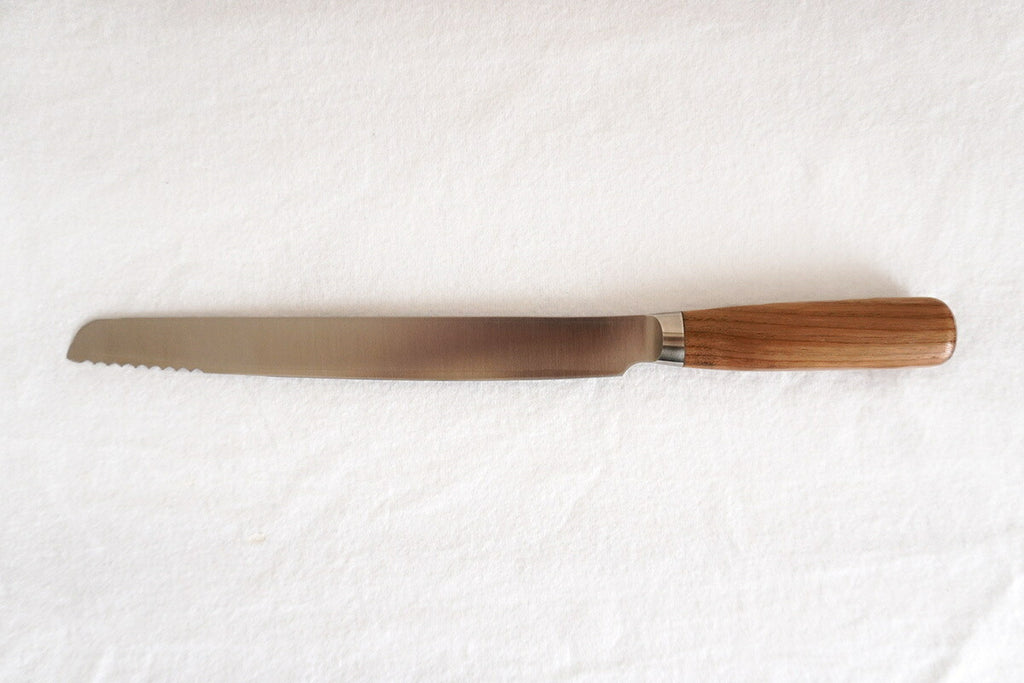
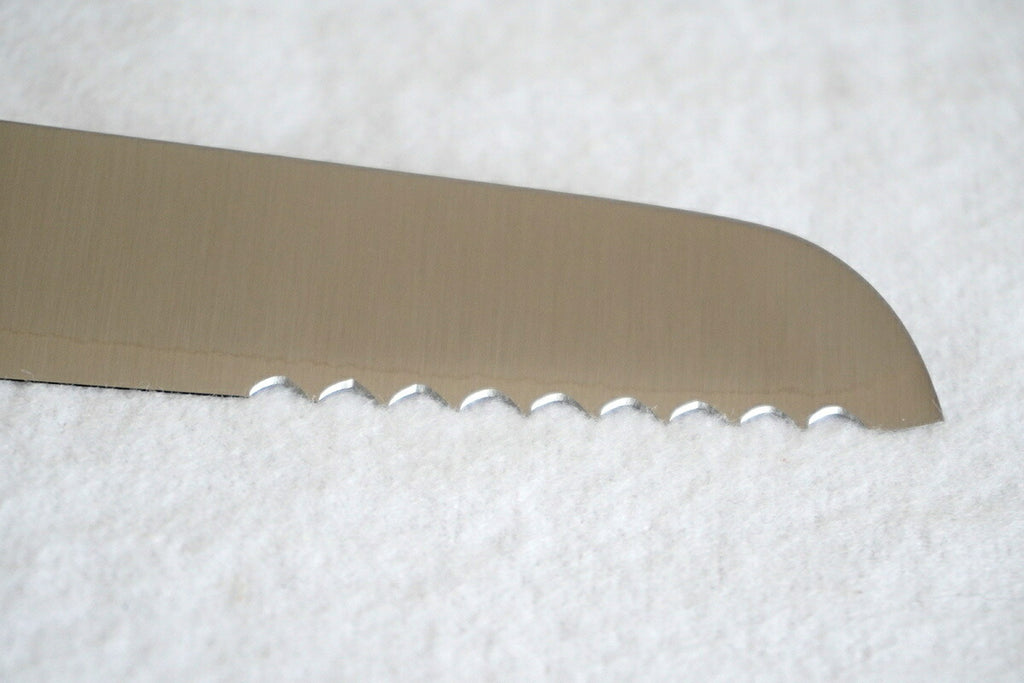
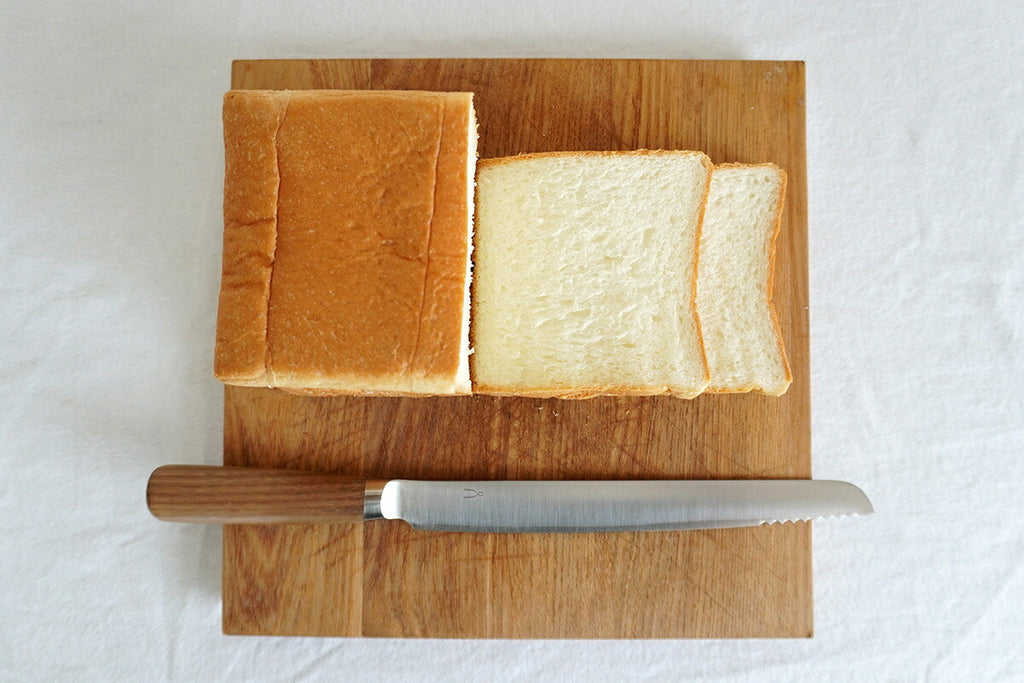
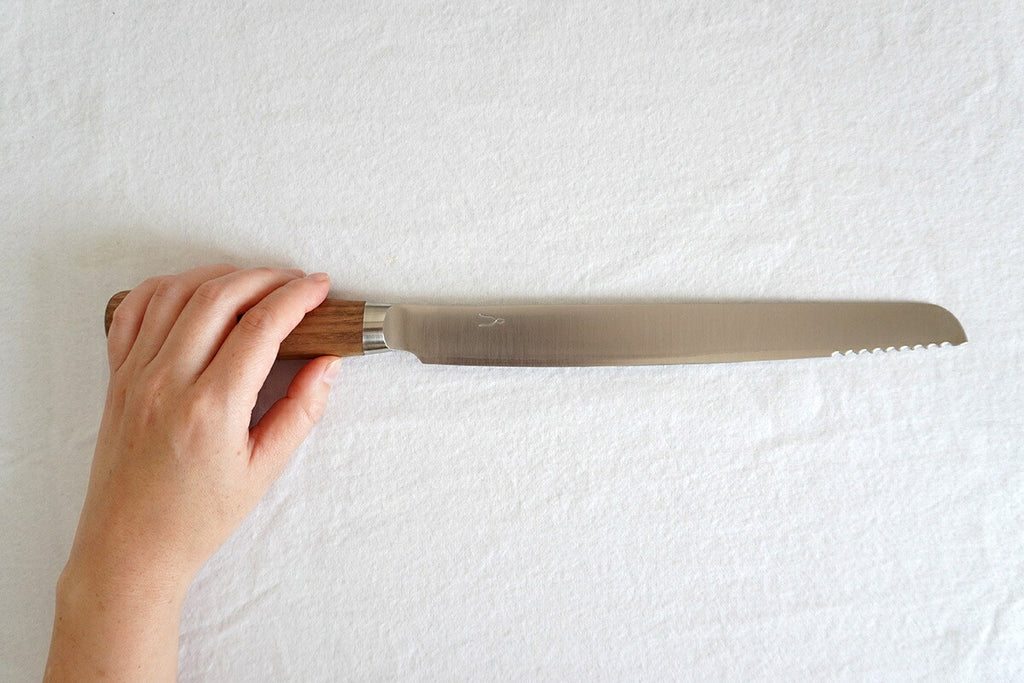
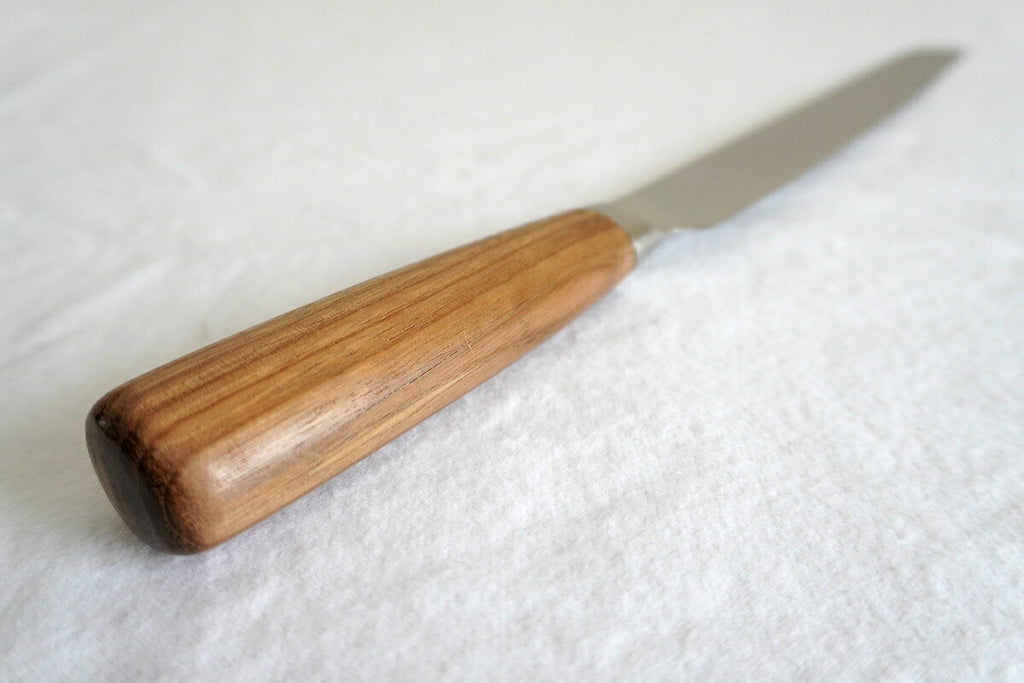
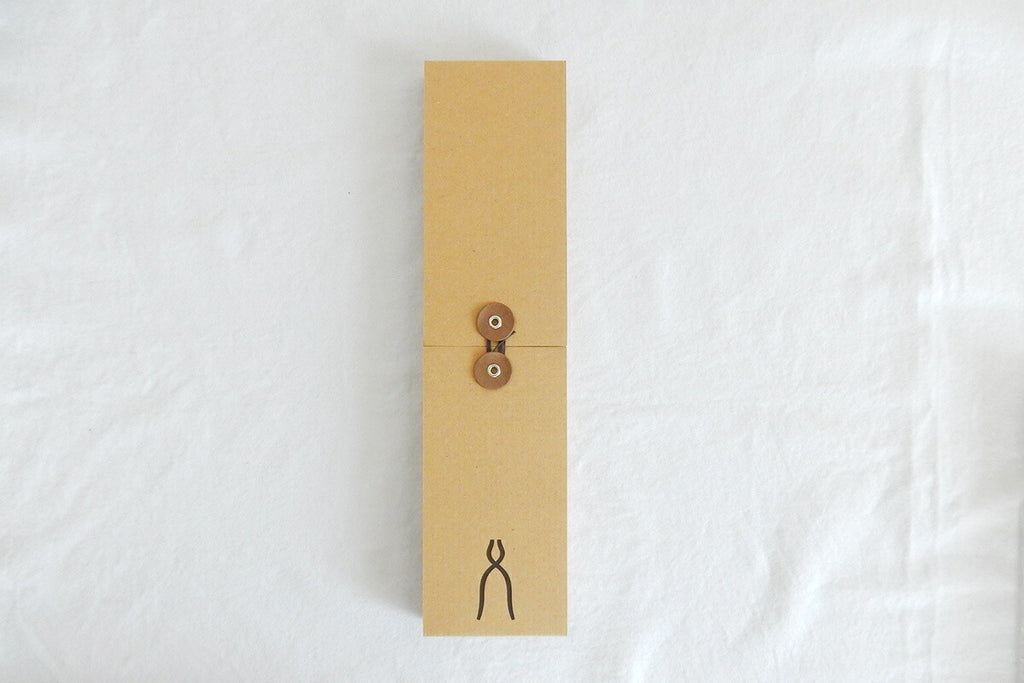
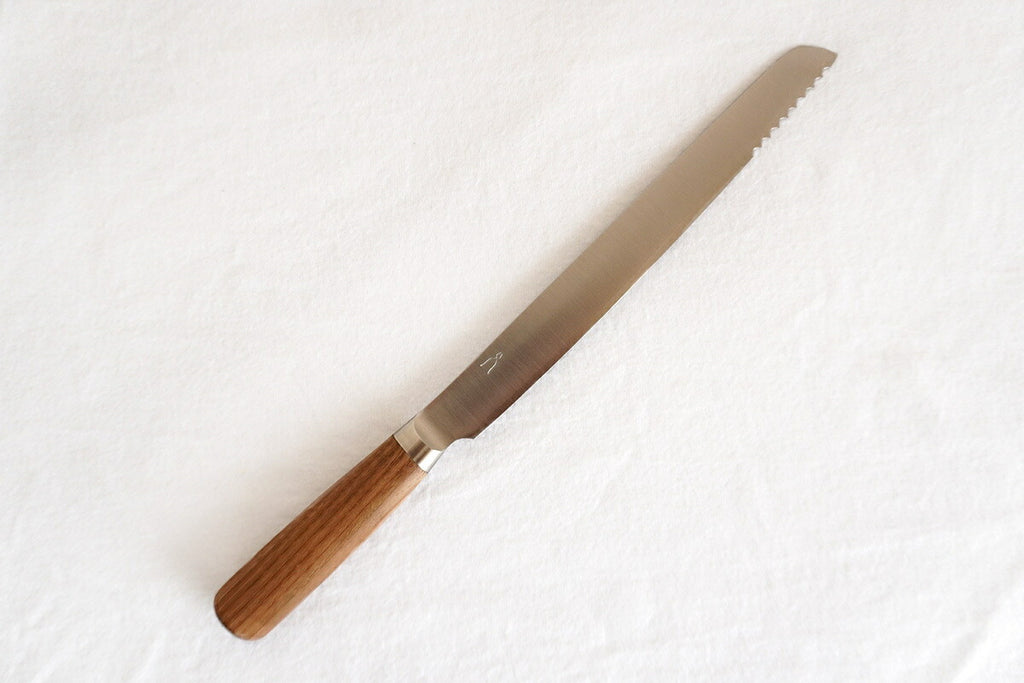
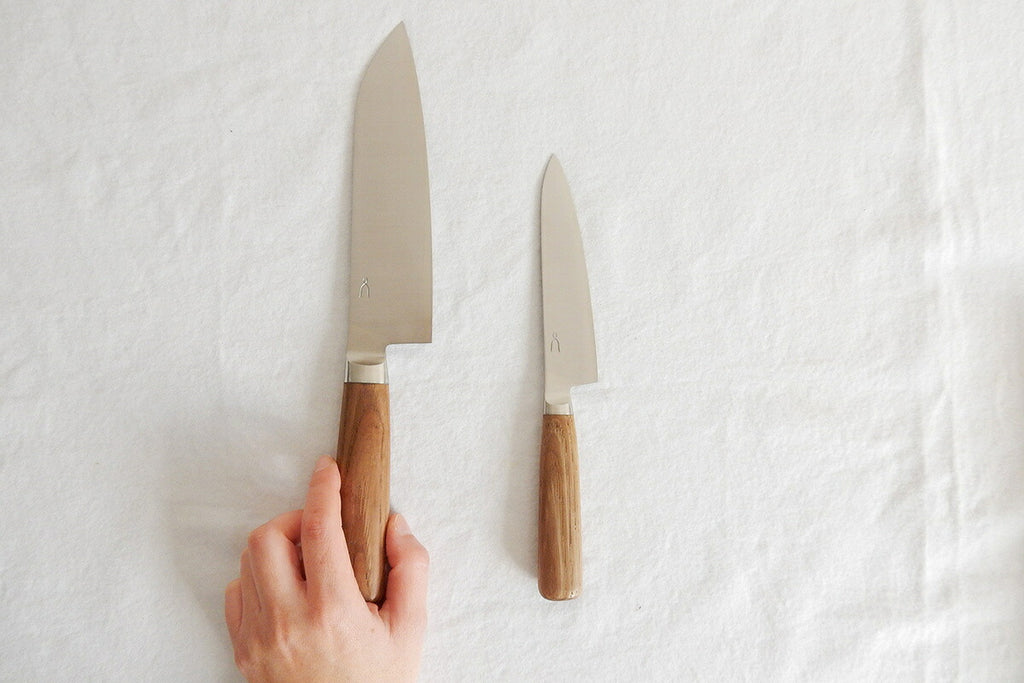
庖丁工房タダフサ
Tadafusa Knife Workshop | Bread cutter
在庫数: 3[出荷予定日]
Orders placed before 5pm will be shipped within 2 business days
 Tadafusa has its workshop in Sanjo City, Niigata Prefecture, a town known as a blacksmith town.
The brand that bears the company's name, "Tadafusa Knife Workshop,"
In addition to being of high quality backed by traditional techniques, they also produce knives that are easy to use for everyday kitchen work.
Tadafusa has its workshop in Sanjo City, Niigata Prefecture, a town known as a blacksmith town.
The brand that bears the company's name, "Tadafusa Knife Workshop,"
In addition to being of high quality backed by traditional techniques, they also produce knives that are easy to use for everyday kitchen work.This page introduces one of the three basic pieces that you need. We would like to introduce you to the bread knife, a commonly used item that is used frequently.
Click here for a list of Tadafusa Knife Workshop products


Non-serrated bread cutter
The bread knives from Knife Workshop Tadafusa are characterized by a serrated edge only on the tip. The serrated edge creates an opening for cutting into the bread, allowing you to cut smoothly without crushing it. The blade tip is sharpened thinly and delicately by hand by craftsmen, so it has excellent sharpness and hardly produces any bread crumbs.

Fits comfortably in your hand
Even when you use a bread knife for the first time, it is so easy to use that you won't believe it was brand new. The handle is made of natural wood, which has a gentle look and feel, a shape that fits well in the hand and is non-slip, and you can feel the craftsman's attention to detail.
As a living being
Just like the knife, which has a matte finish on the natural wood handle and blade, the special box is also beautifully designed, making it a great gift for yourself or for Mother's Day, housewarmings, etc. Even after opening, you can keep the special box and use it not only to store the knife but also to send it for maintenance. When the knife becomes dull, all you need to do to maintain it is sharpen both the front and back (except for the serrated edge), but you can also send it to Tadafusa Knife Workshop for maintenance (paid service).This knife is made to be used for a long time, as a lifetime knife.

Safe and hygienic
The handle is made of chestnut wood that has been treated with antibacterial carbonized wood, a technology developed by Tadafusa. It is hygienic and does not rot easily. You can use it for a long time by washing off any dirt promptly after use and wiping off any moisture thoroughly before storing it.
 [You can also choose the 170mm Santoku (left) and 125mm Petty (right) all-purpose knives]
[You can also choose the 170mm Santoku (left) and 125mm Petty (right) all-purpose knives]  [Tadafusa Knife Workshop]
Tadafusa was founded in 1948 in Sanjo City, Niigata Prefecture, known as a town of blacksmiths, and has been committed to making knives by hand with care since its founding, producing knives for home and professional use, as well as soba-kiri knives, on a daily basis. The company's eponymous brand, "Tadafusa Knife Workshop," produces knives that fit seamlessly into modern life while retaining the techniques of the long-established store.
[Tadafusa Knife Workshop]
Tadafusa was founded in 1948 in Sanjo City, Niigata Prefecture, known as a town of blacksmiths, and has been committed to making knives by hand with care since its founding, producing knives for home and professional use, as well as soba-kiri knives, on a daily basis. The company's eponymous brand, "Tadafusa Knife Workshop," produces knives that fit seamlessly into modern life while retaining the techniques of the long-established store.Click here for a list of Tadafusa Knife Workshop products
This bread knife is from Tadafusa Knife Studio. It is one of the three basic knives that you need, and it is extremely sharp and produces almost no bread crumbs.
[Name] Bread cutter
[Size (approx.)] Total length 365mm, blade length 230mm
[Material] Blade: Fully 3-ply [Steel: SLD steel/Base metal: Stainless steel], Handle: Antibacterial carbonized wood [Chestnut wood]
Weight (approx.): 125g
[Country of origin] Japan (Sanjo City, Niigata Prefecture)
[Notes] The handle is made of antibacterial carbonized chestnut wood, which was developed using Tadafusa's patented technology.
● Before you purchase
Compared to all-stainless steel knives, the knives from "Tadafusa Knife Workshop" have a sharper cutting edge, but they do require a little more care in daily maintenance. The cutting edge is made of steel (SLD steel), so rust may occur depending on how it is cared for and the storage environment. Rust may occur even overnight depending on how it is cared for and the storage environment. In addition to the pleasant sharpness, you can also enjoy the care and sharpening of the knives.
● Regular care
After use, wash the entire knife thoroughly with hot water to remove any dirt, wipe off any water and store in a safe place.
- If you have cut foods that are highly salty or acidic, such as pickles or lemons, be sure to wash the knife thoroughly to remove any dirt.
・Do not place in dishwashers, dish dryers, microwave ovens, ovens, etc. This may cause damage.
・Even if the blade is sharp at first, it will gradually lose its sharpness with use. Please sharpen it with a whetstone once every three months. If you are not good at sharpening, you can request sharpening (for a fee).
● Precautions for use
- Please refrain from cutting hard bones of large fish or bird bones as the blade may chip.

